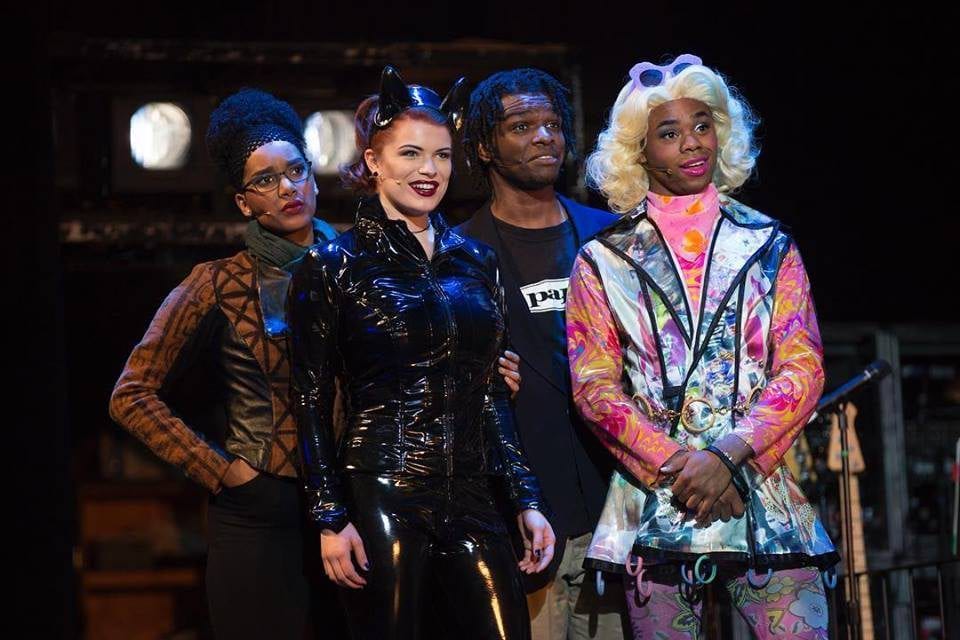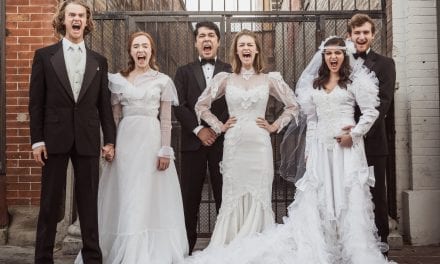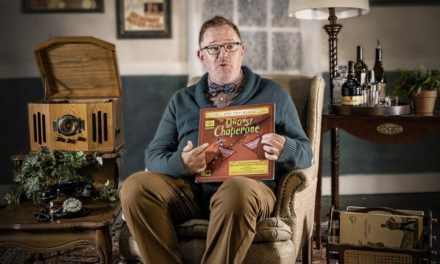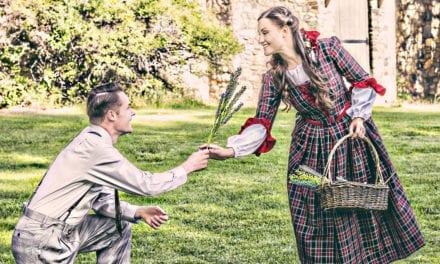SALT LAKE CITY — In the immediate aftermath of the unexpected death of its creator Jonathan Larson, RENT bust onto Broadway in 1996, and it rocked the a musical theatre world. The simmering stew of revivals of classic American productions was given a fresh flavor with Larson’s contemporary rock opera. Set in the gritty, bohemian streets of New York, RENT bucked tradition with spirited depictions of drug addiction, homelessness, queer relationships, and an ultimately hopeful message encouraging joyful life, even and especially in the midst of the AIDS crisis. In the more than 20 years since its debut, no other work of musical theatre has emerged to capture the moment of “living in America at the end of the millennium” quite like RENT.

Tour moves on from Utah on June 30, 2019.
The energetic cast of fifteen tells the story of a year in the life of a group of young, struggling artists squatting in a building purchased by one of their newly rich former roommates. Logan Marks as Mark and Joshua Bess as Roger lead the ensemble of excellent performers. The work of the show is well divided among the cohort of friends and lovers. Special recognition could be given for standout moments for each actor, but I particularly enjoyed Javon King as Angel, the most lovable and tragic character of the show. King has the full-bodied enthusiasm, vocal chops, and audience-winking charm that Angel needs to ground the production. In a plot full of rocky romantic entanglements, it is no small thing to have the depiction of the most stable and loving relationship be between two queer black men. The gorgeous bass vocals of Angel’s counterpart, Devinré Adams as Tom Collins, were extremely impressive.
Other performers played their roles well, too, able to stand out amidst their excellent cast mates. At the opening night viewing, understudy Alex Lugo was filling the role of Mimi and seemed born to do it. From the way Lugo stormed and strutted around the stage, I would never have guessed she was a substitute. Even the actors outside the eight main roles were individually memorable and worked very well together as the chorus of homeless people and additional small roles. The whole cast worked together to make the big numbers like, “Seasons of Love,” and, “La Vie Bohème,” sparkle.
This tour, currently playing at the Eccles Theater, is an exact copy of the original production (the costumes, set, and choreography are all credited to the original designers), and some of the elements feel a little worse for the wear. It would be fascinating to see what could be done if these elements were paired down to focus more attention on the storytelling and music. The choreography in particular felt unmotivated in moments of high emotion. The powerful actors seemed constrained by the requirements of the movements rather than set free by the movements. I can imagine these movements were initially developed in conjunction with the original cast, and now this group of young performers must attempt to replicate the same emotional communication paths. This disconnect led to a few tired moments. It seemed no confrontation was complete without hands slammed on tables, no moment of elation clear without a leap from said table. The set, too, seemed overly busy for what was needed. The lighting occasionally missed hitting actors faces and wireless mics were occasionally late to pick up vocals. I expect these latter technical issues can be put down to opening night issues. It’s also possible that the choreography will improve as the actors grow more comfortable in the performance space.

Joshua Bess as Roger. Photo by Carol Rosegg.
The five-piece onstage orchestra absolutely laid it down for Larson’s gorgeous melodies, power ballads, and quirky, clever compositional moments. Hearing the orchestra play transported me back to my childhood bedroom where I sang and danced my way through the entire production as a solo artist. The musicians kept the pace of the show high and supported the actors’ vocal choices beautifully.
As I sat silently mouthing my way through the raucous songs that had caused such a stir in my strait-laced, youthful heart, I couldn’t help but reflect on the power of this cultural icon. Though American cultural norms have shifted to accommodate more open discussion around the taboo topics the show examines, the violence, addictions, and economic insecurity the characters face are even more present in our national consciousness. The raw, brokenhearted hopefulness the characters transmit remains as potent for me today as it was twenty years ago.





